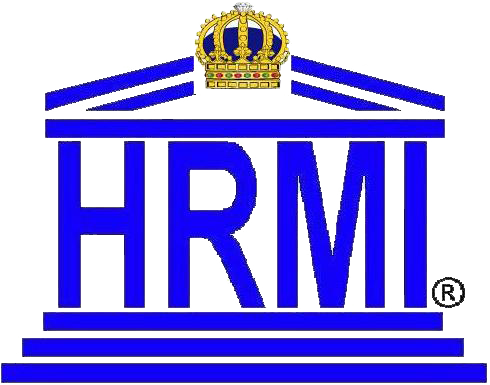HSE
PROFESSIONAL HEALTH, SAFETY AND ENVIRONMENT DIPLOMA (HSE)
HR Practitioners are assuming health, safety, environment and security responsibilities within organizations. Such responsibilities include the identification of hazardous conditions and practices, exposure control and mitigation strategies, legal compliance, development of a safety culture, and measurement of health, safety, environment and security program effectiveness.
Occupational health and safety is a cross-disciplinary area concerned with protecting the safety, health and welfare of people engaged in work or employment. The goal of all occupational health and safety programs is to foster a safe work environment. As a secondary effect, it may also protect co-workers, family members, employers, customers, suppliers, nearby communities, and other members of the public who are impacted by the workplace environment. It may involve interactions among many subject areas, including occupational medicine, occupational (or industrial) hygiene, public health, safety engineering,chemistry, health physics.
The OSHA estimates the businesses spend $170 billion a year on costs associated with occupational injuries and illnesses — expenditures that come straight out of company profits in USA. But workplaces that establish safety and health management systems can reduce their injury and illness costs by 20% to 40%. In today’s business environment, these costs can be the difference between operating in the black and running in the red.
PROGRAM OBJECTIVES
Upon completion of this program, participants will be able to:
- Understand the minimal requirements of a successful EHS in workplace
- Observe how these policies and regulations can be cost effective by reducing injury and illness and by more effective worker utilization.
- Explain the hazards associated with different occupations and control.
- Discuss emergency action and fire prevention plans
PROGRAM OUTLINES
MODULE (1): CONCEPT OF HSE
- Accident and their effect
- Theories of accident causation
- Ergonomics Hazards
- Stress and Safety
- PPE & HSE Training
MODULE (2): HAZARDS PREVENTION
- Uses of Material Handling Equipment
- Manual Handling
- Material Handling and Storage Safety
- Mechanical, Electrical and Thermal Hazards & Prevention
- Industrial Hygiene and Confined Spaces
MODULE (3): HSE REGULATIONS AND STANDARDS
- HSE Responsibilities
- The OSHA Act and Standards
- Accident Investigation and Reporting
- Preparing for Emergencies and Terrorism
- ISO 14001 and OHSAS 18001.
TRAINING METHOD
- Use of real-world examples, case studies and exercises
- Interactive participation and discussion
- PowerPoint presentation and smart board
- Each participant receives a binder containing a copy of the training material.
AWARD OF PROFESSIONAL DIPLOMA
Participant must obtain a grade of at least PASS (65%) in participation and examination to be eligible to receive the Professional Diploma by the Georgian College Canada. The college was established during the formation of Ontario’s college system in 1967 and certified by UNESCO Universities Database. Georgian also ranked number two among all Canadian colleges and universities, and number three in the world with ISB survey.
Also, the Participant will receive the equivalent professional certificate and membership by Human Resource Management Institute (HRMI).


